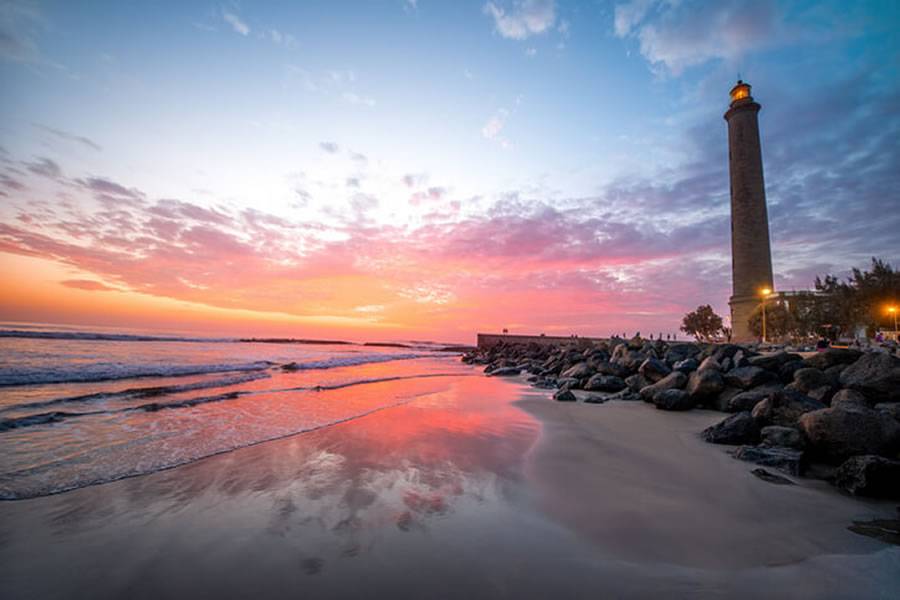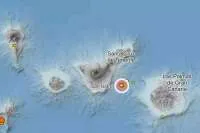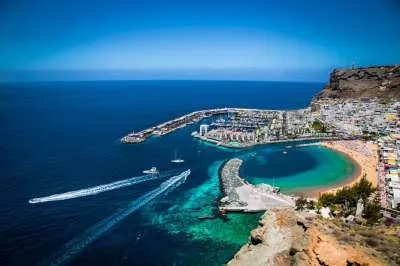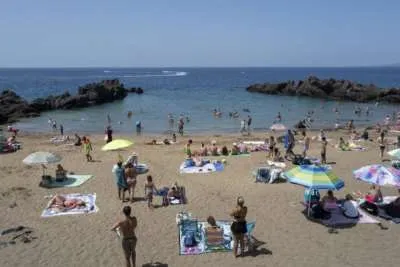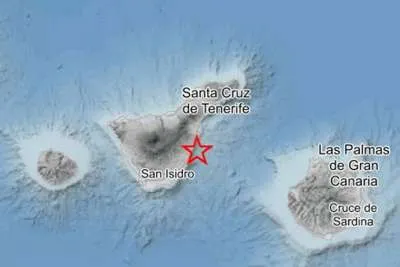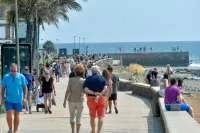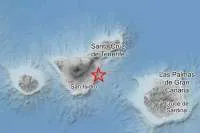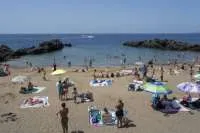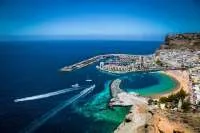The Oldest Lighthouse in the Canary Islands: A Hidden Gem Among Dunes, Lagoons, and Trails
- 23-10-2024
- Gran Canaria
- Canarian Weekly
- Photo Credit: Turismo de Canarias
Nestled in one of the most breathtaking natural reserves in the Canary Islands, the Faro de Maspalomas, the oldest lighthouse in the archipelago, stands as both a historical monument and a popular tourist destination. Located in the southernmost point of Gran Canaria, this lighthouse, which has been guiding sailors since 1890, offers visitors an immersive experience through its rich history and unique surroundings.
A Beacon of History: Faro de Maspalomas
Constructed between the 1880s and 1890, under the direction of engineer Juan León y Castillo, the Maspalomas Lighthouse became operational on February 1st, 1890. Serving as a navigational aid for ships travelling between Europe and the Americas, the lighthouse was once the only structure visible across the vast sand dunes stretching from Playa del Inglés to the Oasis of Maspalomas. Its 55-metre-tall structure made it one of the highest buildings in the Canary Islands at the time, and its light still reaches 35 kilometres into the Atlantic Ocean.
From Solitary Beacon to Cultural Centre
For much of its existence, the Faro de Maspalomas stood in isolation, surrounded only by sand and sea. Today, it is at the heart of a bustling tourist zone filled with shops, restaurants, and bars. Though the surrounding landscape has evolved, the lighthouse remains a key cultural landmark.
With advancements in technology, the lighthouse has been automated, and its former operator’s residence has been converted into a cultural centre and museum. While the lighthouse tower remains operational and off-limits to visitors, the museum offers insight into the island’s maritime and social history, showcasing five centuries of developments, from the pre-Hispanic era through the Spanish conquest and into modern times. Visitors can also view historical photographs depicting the area before tourism transformed Maspalomas into a popular destination.
A Natural Paradise: Dunes, Lagoons, and Trails
The lighthouse is located within the Maspalomas Dunes Natural Reserve, a stunning desert-like landscape of golden sand dunes that stretch all the way to the sea. Visitors are encouraged to walk the scenic trail that begins at the lighthouse and winds through this remarkable environment. The path, which is around seven kilometres roundtrip, offers a chance to explore the constantly shifting dunes sculpted by the wind, a true photographer’s dream.
Along the trail, visitors will also pass the Charca de Maspalomas, a lagoon that serves as a haven for migratory birds. This tranquil oasis is a perfect spot for birdwatchers and those looking to connect with local wildlife. At the end of the trail lies the Oasis of Maspalomas, a serene retreat offering beautiful views of the ocean.
A Must-Visit in Maspalomas
Today, the Faro de Maspalomas has become more than just a functional lighthouse; it is a cultural icon and a must-see for tourists in Gran Canaria. Its location within a thriving tourist area ensures it is easily accessible, and the cultural centre within the lighthouse offers visitors a window into the past, showcasing how the region has evolved over time.
For those planning a visit to Maspalomas, here are a few unmissable attractions:
- Maspalomas Dunes: A vast, golden sand landscape perfect for nature walks and photography.
- Charca de Maspalomas: A protected lagoon where visitors can observe a wide variety of migratory birds.
- Playa de Maspalomas: A tranquil beach with crystal-clear waters, ideal for relaxation.
- Aqualand Maspalomas: A family-friendly water park offering attractions for all ages.
Whether you're a history buff, a nature lover, or simply looking to relax by the beach, the Faro de Maspalomas and its surroundings provide a perfect blend of culture, adventure, and natural beauty.
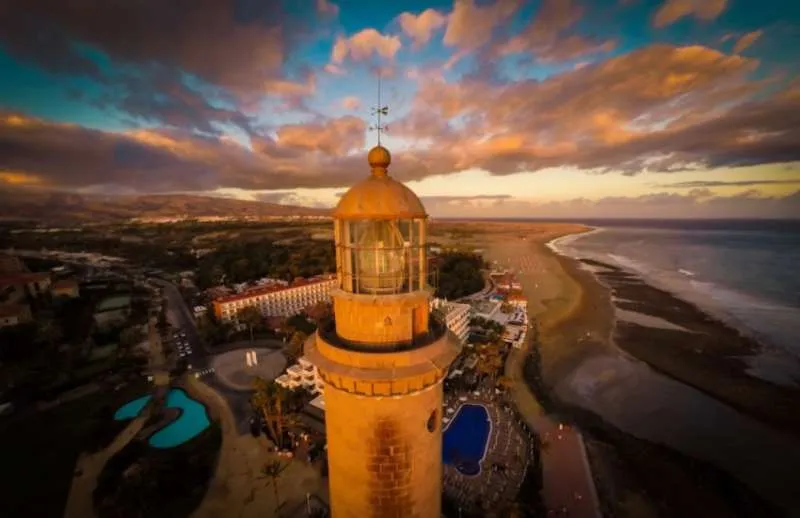
Other articles that may interest you...
Trending
Most Read Articles
Featured Videos
A Vision of Elvis Tenerife Promo
- 10-05-2025
Tenerife Travel Guide
- 13-12-2024
Live webcam from Lanzarote airport
- 13-12-2024


